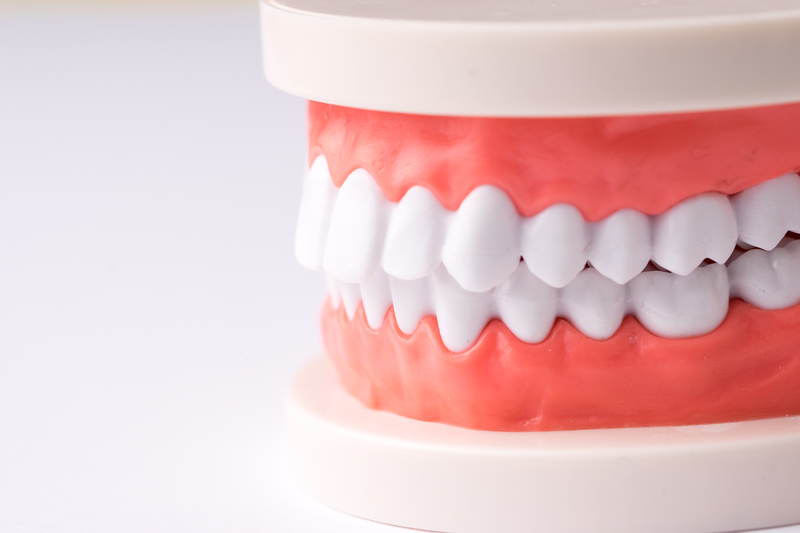Temporomandibular Joint Disorders (TMD) and open bites are both conditions that can profoundly affect oral health and quality of life. While they may appear unrelated at first glance, the two can be closely connected, with implications for orthodontic treatment. We will explain the relationship between TMD and open bites, as well as to explore how understanding this connection can guide orthodontic interventions.
What is Temporomandibular Joint Disorder?
Temporomandibular Joint Disorder, often referred to as TMD, is a condition that affects the joint connecting the jaw to the skull. Symptoms may include jaw pain, headaches, and difficulty opening or closing the mouth. Chronic cases can result in lasting discomfort and even interfere with eating and speaking.
Understanding Open Bites
An open bite is an orthodontic issue where the upper and lower front teeth do not meet when the mouth is closed. This condition can occur due to various factors such as thumb-sucking in childhood, tongue thrusting, or skeletal discrepancies. Open bites can lead to difficulties in biting, speech problems, and may also impact facial aesthetics.
The Connection between TMD and Open Bites
Studies have shown that people with open bites are at a higher risk of developing TMD. An open bite can put undue strain on the temporomandibular joint, altering its natural function and potentially leading to TMD. Likewise, TMD can exacerbate the symptoms of an open bite, making it more difficult to achieve effective orthodontic correction.
Orthodontic Treatments for TMD and Open Bites
When TMD and open bites co-exist, orthodontic treatment becomes more complicated. Traditional treatments for open bites, such as braces or clear aligners, may not be sufficient if TMD is present. Some patients may require a multi-disciplinary approach that involves orthodontics, physiotherapy, and possibly surgical interventions. Customized treatment plans that address both conditions are crucial for effective and lasting results.
The Importance of Early Diagnosis
Identifying the presence of TMD and an open bite early on is essential for successful treatment. A thorough evaluation by qualified professionals can help pinpoint the specific issues and develop an individualized treatment plan. Early diagnosis can lead to less invasive treatments and better long-term outcomes.
Understanding the relationship between Temporomandibular Joint Disorders and open bites provides valuable insights for orthodontic treatment planning. Recognizing how these conditions can influence each other enables clinicians to develop more effective treatment protocols. Tailoring orthodontic interventions to consider both TMD and open bites not only enhances treatment outcomes but also improves the overall quality of life for patients. Therefore, it’s crucial to consult healthcare professionals well-versed in both conditions for a comprehensive diagnosis and treatment strategy.
If you’re experiencing symptoms of TMD or have concerns about an open bite, don’t delay in seeking professional help. Reach out to us today to schedule a comprehensive evaluation and discover the most effective treatment options tailored for you.
 708.403.2626
708.403.2626


